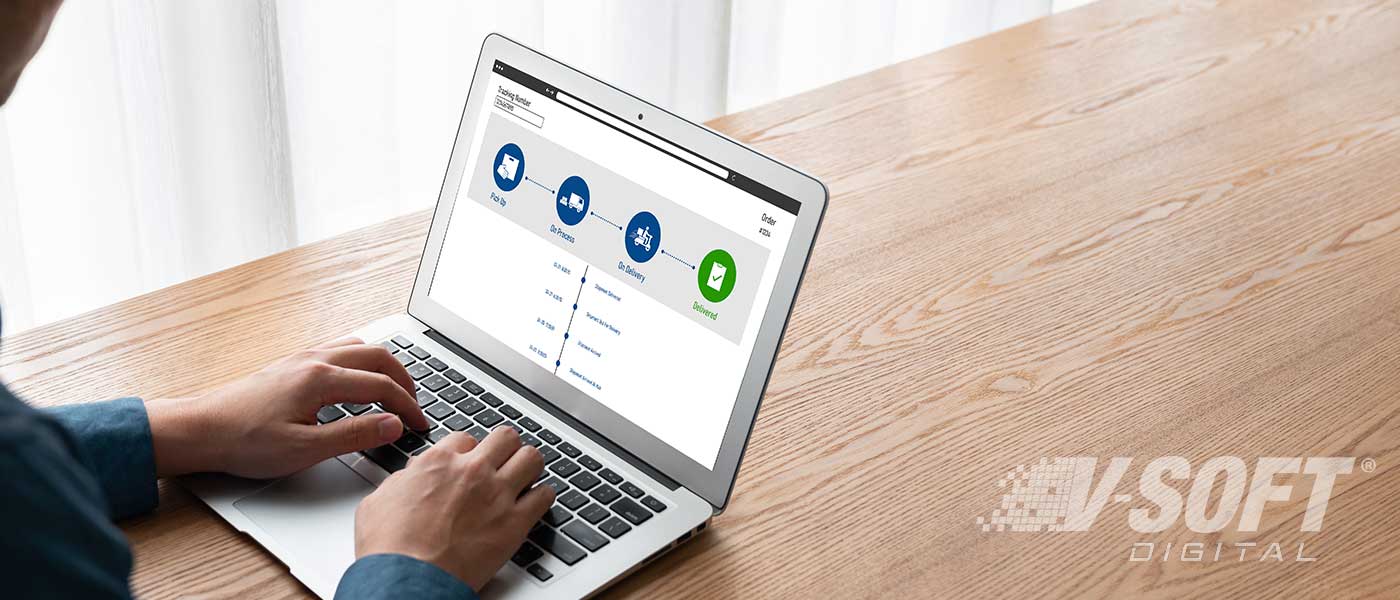Best Practices on How to Upgrade Your ServiceNow Instance
ServiceNow releases upgrades of its instance twice a year, codenaming them after popular cities around the world. This ensures that the platform’s stability and security are enhanced, bugs fixed, and new functionalities are provided to the customers. Businesses using ServiceNow must upgrade their instances to get the best value from the Now platform. ServiceNow recommends upgrading instances at least once a year to stay ahead of the changes.
Here are some best practices to follow when upgrading you ServiceNow instance:
Put a Communication Plan in Place
Like any other conventional IT (Information Technology) project, communication is a key component of a ServiceNow upgrade. Before embarking on the upgrade journey, it is necessary to inform all ServiceNow stakeholders of the process and the kind of impact they should be expecting from it. This includes information about the timetable, procedure, and impact before beginning your upgrade journey. Don’t forget to communicate to your users about the new features and adjustments they should expect following the upgrade. This ensures everyone is on the same page before, during and after the upgrade.
Plan Your Upgrade After Reading the Versions Release Notes
An instance upgrade requires extensive preparation and testing. By reading the versions release notes and feature upgrades, you will guarantee a successful upgrade free of errors or problems. It’s crucial to understand the updates in every released version, even if you overlook a few. If your existing instance is customized it is necessary to evaluate how the changes in the recent version are going to impact and ensure that they are compatible and don’t create complications. ServiceNow provides a upgrade planning checklist with step-by-step instructions on how to plan your upgrade.
Backup Your Instance
Before proceeding further, create a backup copy of your existing instance to ensure that if anything goes wrong during the upgradation you don’t have to spend a lot of time fixing it.
Create A Clone of Your Production Instance
Request a complete clone of your production instance (including tables and attachments) onto a non-production instance to have a better idea of how long your production update will take. Verify your current versions of your instance and the targeted version because you’ll need them later to schedule an update in Now Support.
Schedule the Development Instance Upgrade in Now Support
Before starting your Instance upgrades, you should examine the layout of the scheduled jobs to see how frequently they run, and check for any potential upgrades in the future. Review the details of when is the best time to upgrade your instance. Next, set a date for your upgrade in Now Support.
Use Upgrade Monitor to Track Progress
The Upgrade Monitor allows you to track the status of your updates. Use the Upgrade Monitor to handle the list of records that were skipped during the upgrade for your initial non-production instance upgrade (your development instance). After that, determine your update sets and run functional tests.
Upgrade and Validate Non-production Instances
You need to follow this step only if you have 3 ServiceNow instances – development, test, and production instances. In case the instance labels are different your instances should be upgraded furthest from production towards your production instance. Request an update for any other non-production instances you have, such as a test instance, after you’ve configured and improved your development instance. Apply the post-upgrade adjustments made to your development instance as soon as possible, including enabling optional plugins, installing, and upgrading applications, and implementing update sets.
Plan Production Upgrades
Prepare to upgrade your production instance after lower instances have been upgraded and the test environment shows promising results after configuration and refinement. Confirmation should be obtained from IT and management if all defects and issues from non-production upgrades have been fixed and validated. All stakeholders should be informed of the changes and new features to expect from the instance upgrade. It is a good idea to upgrade the production instance during the time when the usage is low so that any issues arising during the process can be fixed without causing disruption.
Upgrade the Production Instance
Upgrade your production instance last after upgrading your development, test, and non-production instances. Following that, apply update sets and fix scripts, confirm that the upgrade was successful, and carry out post-upgrade user acceptability testing (UAT).











